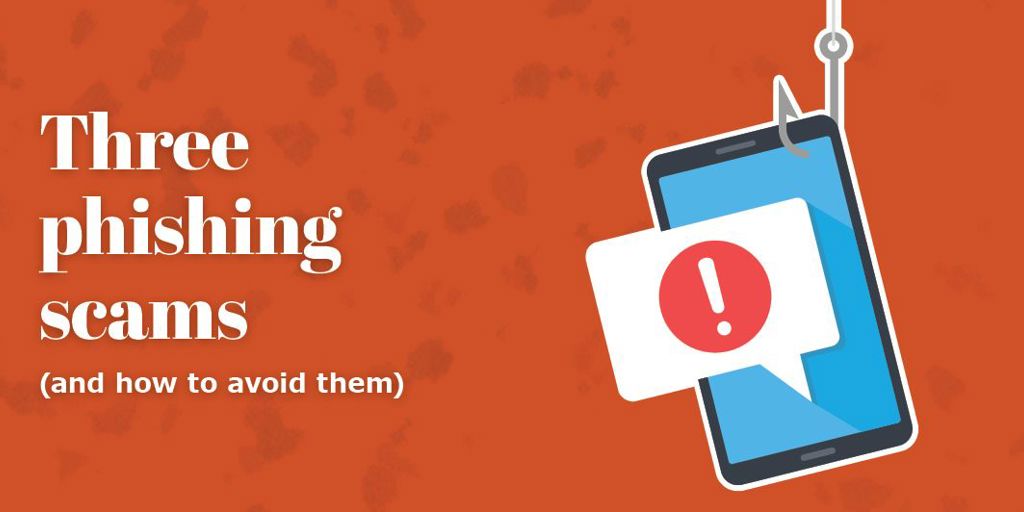


Three phishing scams (and how to avoid them)
Every day, thousands of people fall victim to fraudulent emails, texts, and calls from scammers pretending to be their bank. Add to that the expanded use of online banking and the problem is only growing worse.
The Federal Trade Commission’s report on fraud estimates that American consumers lost a staggering $1.9 billion to these phishing schemes and other fraud in 2019 — and the ongoing pandemic has only increased the threat. It’s time to put scammers in their place.
Online scams aren’t so scary when you know what to look for. And at F&M Trust, we’re committed to helping you spot them as an extra layer of protection for your account. We’ve joined with the American Bankers Association and banks across the country in a nationwide effort to fight phishing—one scam at a time. We want every bank customer to become a pro at spotting a phishing scam and stop bank impostors in their tracks.
It starts with these four words: Banks Never Ask That. Because when you know what sounds suspicious, you’ll be less likely to be fooled.
These top 3 phishing scams are full of red flags:
• Text Message: If you receive a text message from someone claiming to be your bank asking you to sign in, or offer up your personal information, it’s a scam. Banks never ask that.
• Email: Watch out for emails that ask you to click on a suspicious link or provide personal information. The sender may claim to be someone from you bank, but it’s a scam. Banks never ask that.
• Phone Call: Would your bank ever call you to verify your account number? No! Banks never ask that.
If you’re ever in doubt that the caller is legitimate, just hang up and call the bank directly at a number you trust.
For tips and tools on how to keep phishing criminals at bay, including videos, an interactive quiz and more, visit www.BanksNeverAskThat.com.
Recent Articles
Join our e-newsletter
Sign up for our e-newsletter to get new content each month.






















